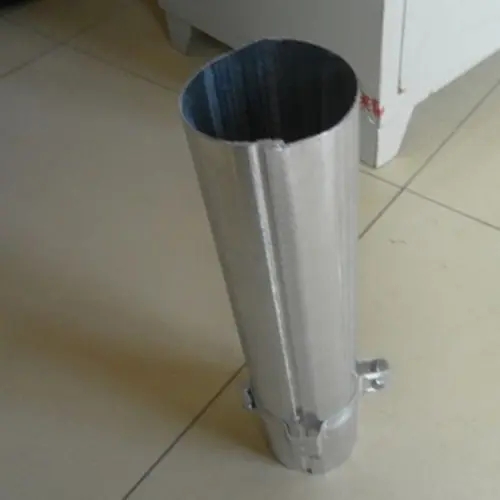
Understanding the Corrugated Sheet Forming Machine
In today’s ever-evolving industrial landscape, the demand for efficient production processes is paramount. One of the most critical advancements in manufacturing technology has been the development of the corrugated sheet forming machine. These machines play a vital role in the production of corrugated sheets, which are widely used in packaging, construction, and various industrial applications. This article explores the significance, working principles, types, and benefits of corrugated sheet forming machines.
What is a Corrugated Sheet Forming Machine?
A corrugated sheet forming machine is specialized equipment designed to produce corrugated (or wave-shaped) sheets from flat materials such as metal, plastic, or paper. The resulting sheets exhibit enhanced strength and durability, making them ideal for packaging and structural applications. These machines use advanced technology to automate the forming process, increasing efficiency and reducing labor costs.
How Does it Work?
The operation of a corrugated sheet forming machine involves several key stages
1. Material Feeding The raw material, typically in the form of rolls or sheets, is fed into the machine. The width and thickness of the material can vary based on the production requirements.
2. Heating (if applicable) Some machines incorporate a heating phase, particularly for thermoplastic materials. Heating softens the material, enabling easier and more accurate shaping.
3. Forming The core process of the machine involves molding the material into the desired corrugated shape. This is achieved by passing the material through rollers or dies specifically designed to create corrugated profiles.
4. Cutting Once the corrugated shape is formed, the sheets are cut to the required lengths. This can be automated to ensure a consistent and accurate output.
5. Stacking and Packaging The finished corrugated sheets are then stacked and prepared for delivery or further processing.
Types of Corrugated Sheet Forming Machines
There are various types of corrugated sheet forming machines, each designed to cater to specific materials and production needs. These include

1. Metal Corrugated Sheet Forming Machines These machines produce corrugated sheets from metals like steel and aluminum, often used in roofing and wall applications.
2. Plastic Corrugated Sheet Forming Machines Designed for manufacturing plastic sheets, these machines find applications in signage, packaging solutions, and industrial uses.
3. Paper Corrugated Sheet Forming Machines These machines create corrugated cardboard sheets, which are extensively used in the packaging industry.
4. Custom Forming Machines Some manufacturers offer customized machines tailored to unique production requirements, allowing businesses to create specific profiles or sizes.
Benefits of Using Corrugated Sheet Forming Machines
Utilizing a corrugated sheet forming machine presents several advantages
1. Efficiency Automating the forming process significantly speeds up production times, reducing labor costs and leading to higher output levels.
2. Consistency These machines ensure uniformity in the production of sheets, which is crucial for quality control in industries that demand precise specifications.
3. Material Savings The ability to accurately form and cut materials minimizes waste, allowing manufacturers to optimize their raw material costs.
4. Versatility With various configurations available, corrugated sheet forming machines can accommodate diverse materials and product requirements, making them suitable for multiple industries.
5. Enhanced Structural Integrity The corrugated design of sheets provides higher strength and resilience compared to flat sheets, making them ideal for applications requiring durability.
Conclusion
Corrugated sheet forming machines are a cornerstone in modern manufacturing, bridging the gap between raw materials and finished products. As industries continue to evolve, the importance of such machinery cannot be overstated. Manufacturers investing in these machines not only enhance their production capabilities but also contribute to improved sustainability through efficient resource use. As technology advances, we can expect further developments that will optimize these machines and enable even greater efficiencies for businesses worldwide.